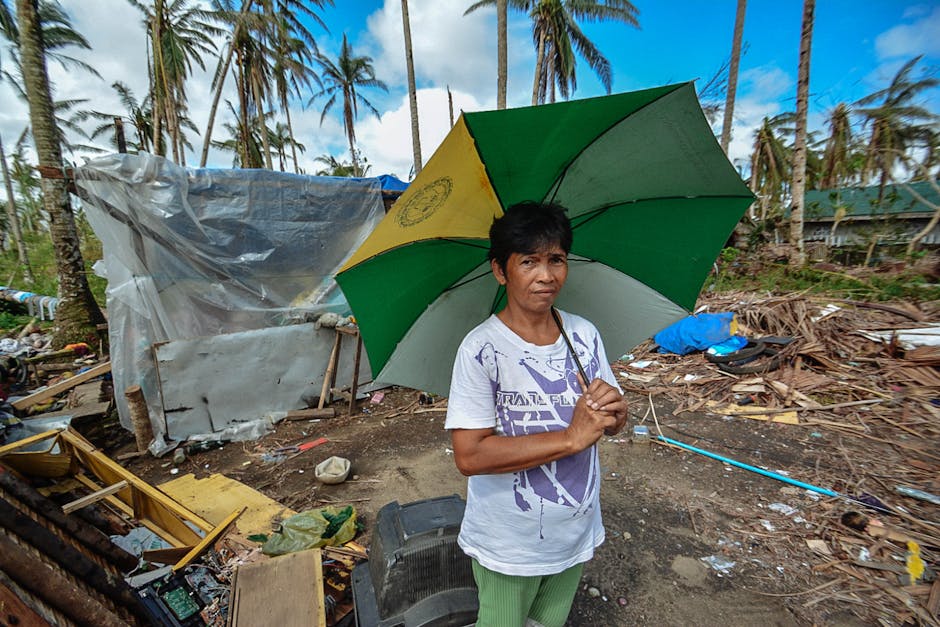-
KFD Outbreak 2025: Kyasanur Forest Disease (KFD), or “monkey fever,” is surging in Karnataka, particularly in Shivamogga and Chikkamagaluru districts as of April 2025.
-
Disease Nature: KFD is a tick-borne viral hemorrhagic fever, potentially fatal to humans and primates, caused by the Kyasanur Forest Disease Virus (KFDV).
-
Transmission: Spread primarily through bites of infected hard ticks (Hemaphysalis spinigera). No person-to-person transmission. Human beings are incidental hosts.
-
Symptoms: Two phases – First phase: Sudden fever, headache, severe pain, nausea, vomiting, diarrhea, bleeding. Second phase (10-20%): Fever recurrence, neurological issues (headache, tremors, vision problems).
-
Mortality: Fatality rate is between 3-5%.
-
Diagnosis & Treatment: Diagnosis via PCR, virus isolation, and antibody detection. No antiviral treatment; supportive care focuses on symptom relief and complication prevention.
-
Prevention: Avoid tick-infested areas, wear protective clothing, use insect repellents (DEET), avoid contact with sick/dead animals, tick checks, and vaccination where available.
-
Risk Factors: Deforestation, land use change, and climatic factors have all played a role in the increase of the tick population, elevating the transmission risk of KFD.
-
Vaccine Issues: Abrupt removal of the KFD vaccine due to a decrease in potency has exposed locals and healthcare professionals to risks. Recent vaccine withdrawal may render current availability sparse
-
Public Health Response: Health officials are monitoring the outbreak, conducting awareness campaigns, distributing protective gear, and working on vaccine development.
